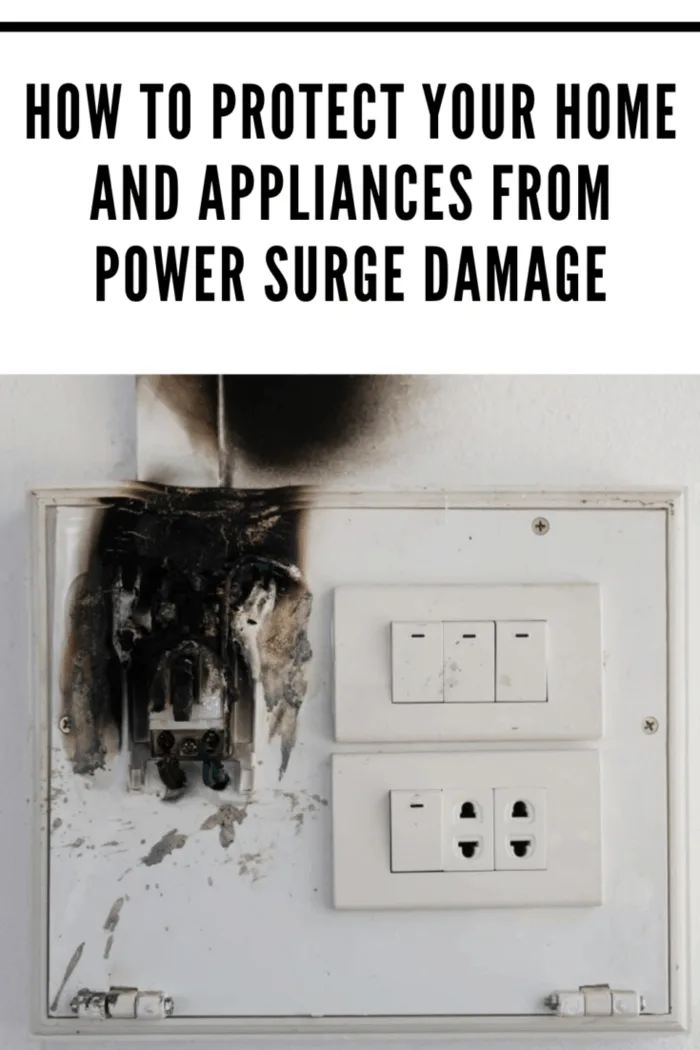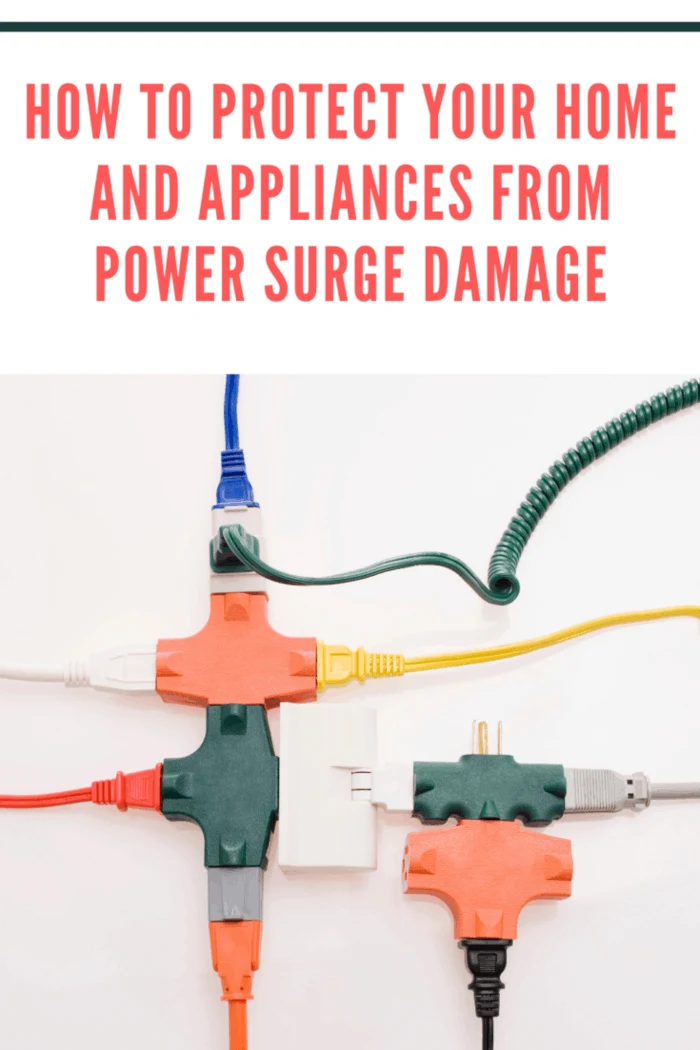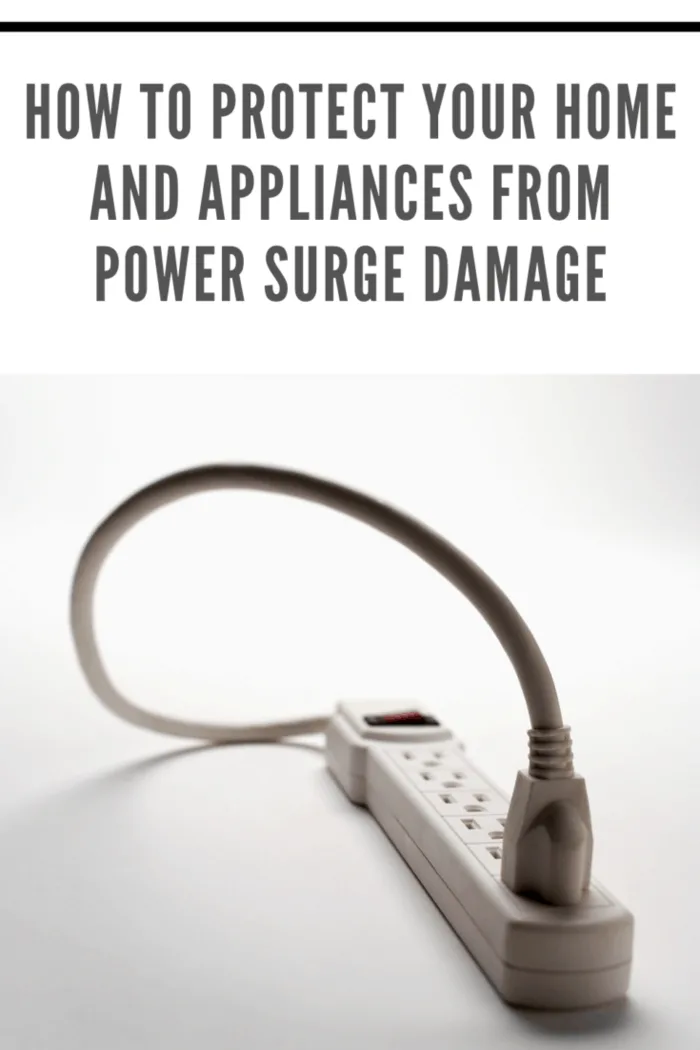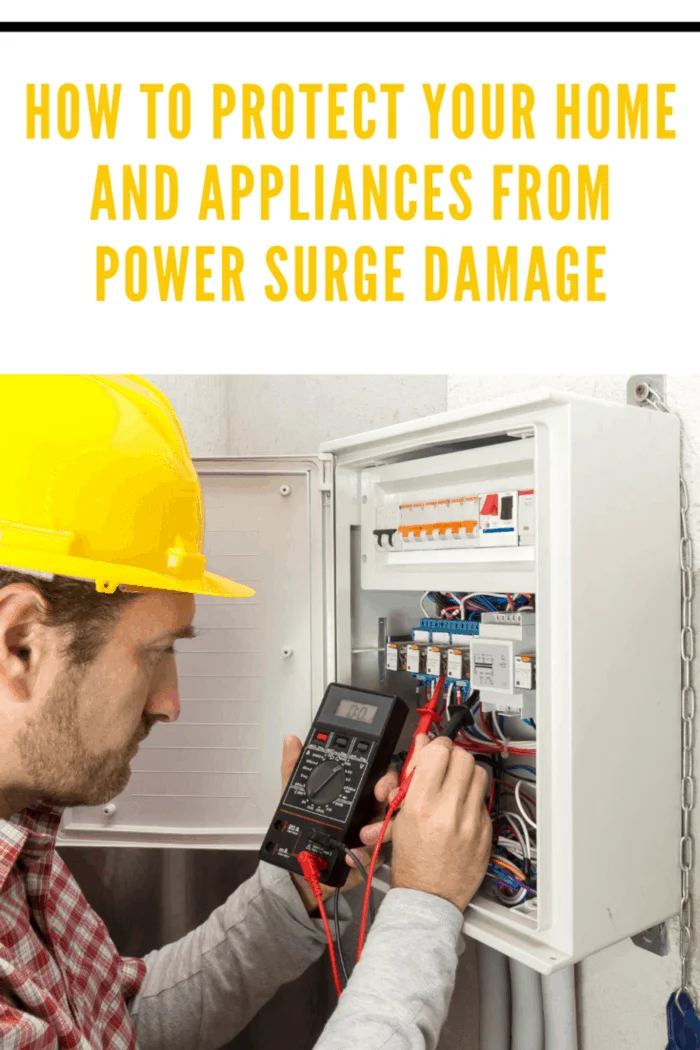How to Protect Your Home and Appliances From Power Surge Damage: A Complete Guide
Imagine it’s a warm summer afternoon in Virginia. You’re relaxing, maybe whipping up a batch of lemonade in the kitchen when suddenly, a loud crack echoes from outside. A storm has rolled in, and a bolt of lightning strikes nearby. Without any warning, your power flickers, and you hear the unsettling hum of electronics struggling to recover. Moments later, you realize your expensive flat-screen TV won’t turn on, and the fridge has stopped cooling.
Power surges can happen in the blink of an eye, causing lasting damage to your home’s most valuable electronics and appliances. And while storms are a common culprit, the reality is that most power surges are actually caused by internal factors within your own home.
In this guide, I’ll break down how you can protect your home from power surge damage—whether it’s from lightning storms, old appliances, or other unexpected causes. I’ll also share some personal insights, tips, and the steps I’ve taken to ensure my home’s safety.

What Are Power Surges?
Before diving into solutions, let’s understand the problem. A power surge is a brief spike in your home’s electrical voltage. It can occur when large appliances, like air conditioners or refrigerators, cycle on and off, or when external events like lightning strikes or utility issues cause fluctuations in power.
The problem arises when these surges send too much electricity into your appliances or electronics, potentially frying their circuits. In fact, according to the National Fire Protection Association, surges can cause electrical fires, which is why surge protection is essential to keeping your home safe.
How to Protect Your Home From Power Surge Damage
1. Use Power Surge Protectors for Key Electronics
The easiest and most affordable way to start protecting your home is to plug important electronics into surge protectors. Not to be confused with standard power strips, surge protectors are designed to absorb excess voltage during a surge and prevent it from reaching your devices.
Here’s a quick list of items you should consider plugging into a surge protector:
- Computers and laptops
- Televisions
- Gaming consoles
- Routers and modems
- Kitchen appliances like microwaves or mixers
I personally invested in a surge protector with USB ports, which makes charging phones and tablets safer, too. You can grab reliable surge protectors directly from Amazon here.

2. Install a Whole-House Surge Protector
If you want to take protection to the next level, consider having a whole-house surge protector installed. This device is hardwired into your electrical panel and provides protection for your entire home, ensuring that any surge—whether it originates inside or outside—gets redirected safely away from your appliances.
Whole-house surge protectors can often handle surges caused by extreme weather events, such as lightning strikes, which can bring as much as 1 billion volts of electricity surging through your lines. A licensed electrician can install one for a few hundred dollars, but it’s a worthy investment for long-term protection.
3. Upgrade Outdated Appliances
Older appliances are notorious for causing internal power surges. For instance, my old air conditioner was a frequent offender, leading to minor surges whenever it cycled off. Upgrading to energy-efficient models not only saves on electricity bills, but it also helps reduce strain on your home’s electrical system.
In fact, ENERGY STAR-rated appliances are designed to run more smoothly and reduce the risk of power surges. When I swapped out my old AC unit, I noticed an immediate difference in how my home’s lights no longer flickered.
4. Unplug Electronics During Storms
During particularly bad thunderstorms, it’s a good idea to unplug your most expensive electronics as an extra precaution. While surge protectors provide some defense, they aren’t foolproof, especially when it comes to direct lightning strikes.
I make it a habit to unplug things like my TV, gaming consoles, and kitchen appliances whenever a big storm rolls through. It’s a small step that can save you from expensive repairs later.
5. Schedule Regular Electrical Inspections
When was the last time you had an electrician inspect your home’s wiring? If it’s been years, now might be the time. Overloaded circuits and worn-out wiring are leading causes of internal power surges. Having a professional electrician assess your home’s electrical system can help identify potential problem areas and keep your home safe from surge damage.

Interesting Power Surge Stats
According to a study by the Electrical Safety Foundation International (ESFI):
- 60-80% of all power surges originate from internal sources like appliances and faulty wiring.
- 30% of home electrical fires result from surge-related issues.
With numbers like these, it’s clear how critical it is to be proactive about protecting your home from surge damage.

Final Thoughts and Call to Action
Power surges can happen when you least expect them, but with a few proactive steps, you can significantly reduce the risk of damage to your home. Start by using surge protectors for your most essential electronics, consider upgrading to a whole-house surge protector, and don’t forget to schedule regular electrical inspections.
Ready to protect your home? Check out my recommended surge protectors on Amazon and start safeguarding your electronics today!
Stay safe and power smart!
